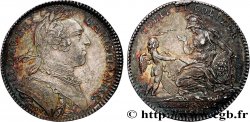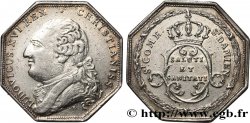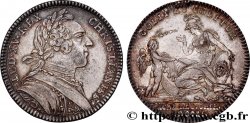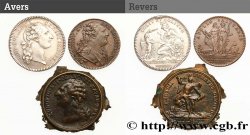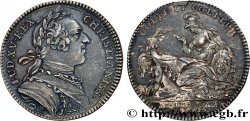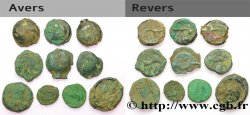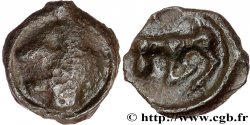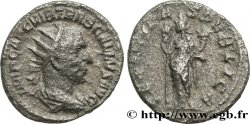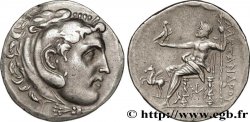Obverse
Obverse legend : LUDOV. XVI. FRANC. ET NAVARRAE REX.
Obverse description : Buste à droite de Louis XVI, signé DUVIV. 1786.
Reverse
Reverse legend : SALUTI PUBLICÆ ; À L’EXERGUE : SCOLAE REGIÆ CHIRURG. PAR. 1775.
Reverse description : La façade de l'Ecole de Chirurgie.
Reverse translation : Pour le salut de tous.
Historical background
FRENCH SURGERY ACADEMY / ACADÉMIE DE CHIRURGIE
Under the Ancien Régime, surgery was an artisanal practice that dealt with treating the external manifestations of disease, hence the contempt associated with it, based on its manual nature and on the Church's horror of seeing the blood shed. Yet it is a driver of medical progress insofar as it favors experimentation. In 1691, an edict recognized the specificity of surgeons over barbers-wig makers by prohibiting them from keeping a shop! However, in 1731, Georges Mareschal, the king's surgeon, and La Peyronie created an Academic Society of Surgeons of Paris which, in 1748, became the Royal Academy of Surgery, placed under the patronage of Louis XV.. Practitioners thus gain scientific and social recognition. At the end of the Ancien Régime, there were about fifteen schools of surgery (Bordeaux, Lyon, Nantes, Orléans, Rouen, Toulouse, etc.. ). Reading tips: DESAIVE J. -P. , GOUBERT J. -P. , LE ROY LADURIE E. , MEYER J. , MULLER O. and PETER J.. -P. , "Doctors, climates and epidemics at the end of the 18th century", Paris/The Hague, 1972; LEBRUN F. , "Take care of yourself in the past. Doctors, saints and sorcerers in the 17th and 18th centuries", Paris, 1983.









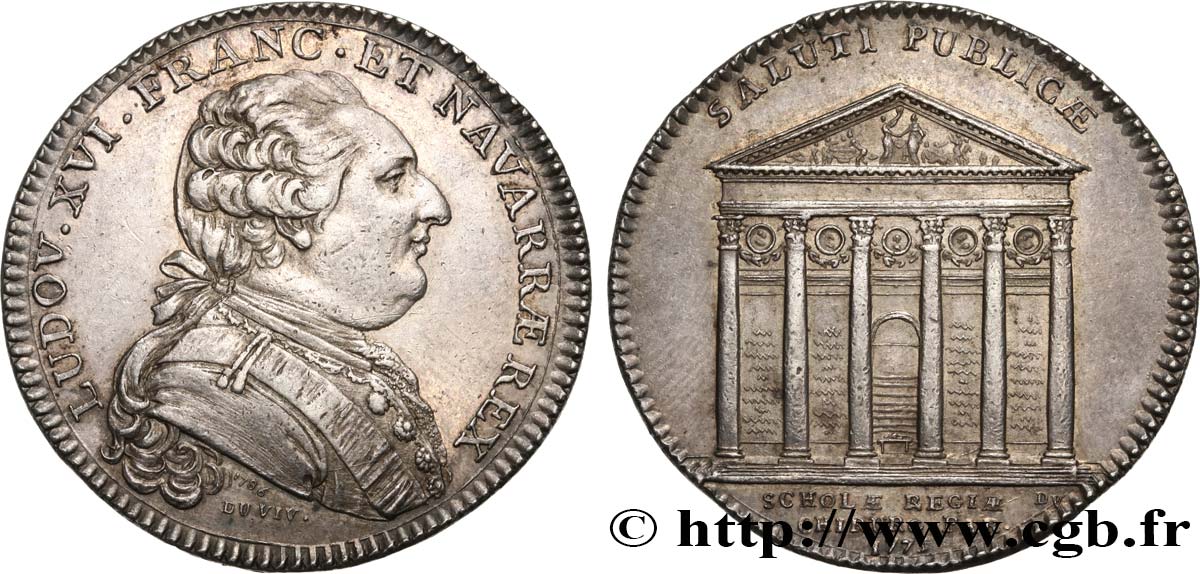
 Report a mistake
Report a mistake Print the page
Print the page Share my selection
Share my selection Ask a question
Ask a question Consign / sell
Consign / sell
 Full data
Full data